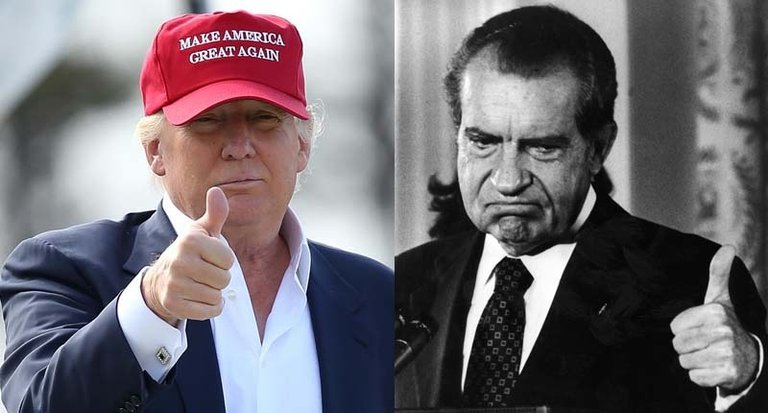
by Ron Capshaw
Once upon a time, a Republican president formulated a doctrine that had little to do with regime change, and demanded that countries previously protected by the US military look to their own defense.
Quickly into his first term, then-President Richard Nixon in 1969 announced “the Nixon Doctrine” which asserted that the nation’s Cold War allies in Asia would have to provide for their own protection.
This policy, which reversed the thrust of US foreign policy for the last 20 years, was linked to the president’s campaign promise for “peace with honor” regarding US forces in Vietnam. By 1968, even some Cold War hawks regarded the conflict as a costly quagmire in terms of American lives (by 1968, more than 250,000 American soldiers had died), and Nixon sought a way to keep the American commitment to resist communist aggression in Asia while at the same time getting American soldiers out of the conflict.
Announced as Nixon’s “Vietnamization” plan in 1969, the doctrine involved a phased withdrawal of American soldiers from Vietnam, leaving the South Vietnamese government to their own defense against communist aggression from the North.
Although Nixon indicated his determination to “keep our treaty commitments” among Asian allies, and promised an American military defense for them against the “threat of a major power involving nuclear weapons,” the president had new expectations for these allies. America, he stated “has the right to expect that this problem [of military defense] to be increasingly handled by, and the responsibility for it taken by, the Asian nations themselves.”
Nixon claimed that recent talks with Asian countries showed that they were willing to supply their own defense in saying, “They are going to be willing to undertake this responsibility.”
Nixon made good on his promise of American withdrawal, and in 1973, the administration and North Vietnam formally ended the Vietnam War by signing a peace treaty.
However, Nixon’s withdrawal of forces would prove to the death knell for South Vietnam. Without American support, the North destroyed the South, merging it into a united Communist regime.
Nixon’s “Vietnamization” policy was a reversal of his own president’s while serving as Vice President in the Eisenhower administration in the 1950s. It was Republican President Dwight Eisenhower who helped Ngo Diehm form South Vietnam, and who supplied Diehm with economic aid and helicopters. Eisenhower even put American forces into the South to train the South Vietnamese military. Eisenhower supported Diehm throughout his two terms as president of the United States.
Eisenhower also created a collective security pact modeled on NATO for Asia. As with NATO, the United States, along with Great Britain, France, Thailand, and the Philippines pledged mutual protection for Asian nations threatened by communism; specifically, Laos and Cambodia from North Vietnam, China and the Soviet Union. These communist nations began supplying communist insurgents within Laos and Cambodia with weapons.
Under Kennedy, the commitment to the protection of Vietnam continued, and the new president increased the number of American advisers in the region. When Kennedy’s successor, Lyndon Johnson inserted American combat troops into the region, Nixon was skeptical and began formulating his Vietnamization policy in 1966.
This article was originally published on the thelibertyconservative.com.Read the original article.